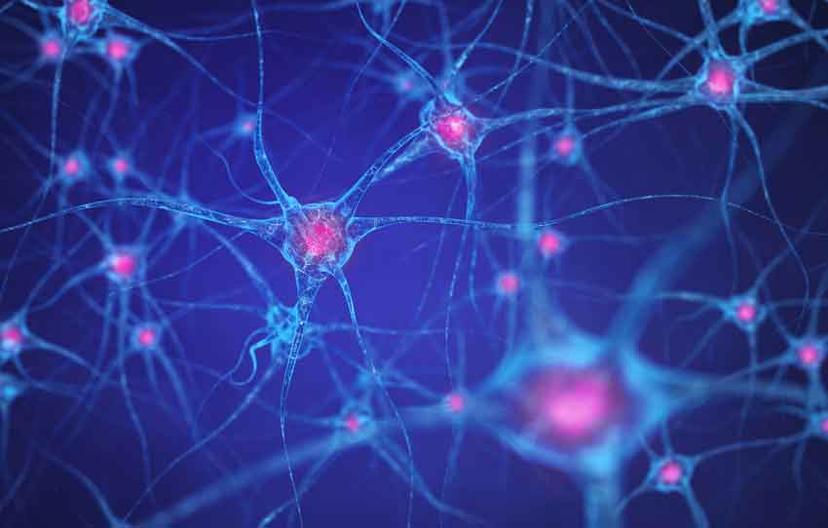Webinar Highlights - Quantitative Live-Cell Analysis of Human iPSC-Derived Neurons
Dr. Aaron Overland from Essen BioScience answers all your webinar questions about quantitative live-cell analysis of neurons
3 Oct 2017

Dr. Aaron Overland, Senior Application Scientist at Essen BioScience, recently gave SelectScience® members a live presentation on quantitative live-cell analysis of human iPSC-derived neurons. In his presentation, optimal culture conditions were highlighted and the ability of the IncuCyte S3® approach for real-time, long-term quantitative analysis of iPSC-derived neuronal cell health was demonstrated.
A major limitation in studying human diseases affecting the nervous system is the ability to culture, monitor and analyze neuronal cells that accurately represent human phenotypes of these disorders. The use of human induced pluripotent stem cell (hiPSC)-derived neurons has provided a new approach aimed at modeling neurological diseases. Monitoring neuronal morphology and cell health in long-term culture is critical for the characterization and evaluation of these novel model systems. Traditional approaches rely on endpoint assays and imaging techniques that require immunochemical staining, which provide limited real-time kinetic information.
Read on for highlights from the Q&A session with Dr. Overland, or if you missed it, watch the webinar on demand.
Q: Have you tested PEI/laminin coating with iPSC-derived neurons from any sources other than CDI?
AO: Yes, this coating has also been tested using CNS_4U and Peri_4U neurons from Axiogenesis (now Ncardia) as well as an iPSC-derived neuronal line from the University of Michigan.
Q: Can your green Caspase cell health reagent also be used to multiplex with your fluorescent Neurotrack application?
AO: Yes, green Caspase has also been tested and can be used to monitor cell health in lieu of the Annexin green reagent.
Q: Was there a specific reason for the addition of glutamate/kainate at DIV14, as opposed to earlier/later time points?
AO: Yes, we tried earlier time points and found that the iCell Gluta neurons from CDI were not sensitive to the excitotoxic effects of glutamate/kainate until DIV14.
Q: Were these neurite length and other measurements made by IncuCyte software compared with standard imaging software?
AO: No, this particular data set was not directly compared to standard imaging software.
Q: What was the concentration of glutamate?
AO: The concentrations of glutamate were the following: 30, 10, 3.33, 1.11 and 0.37 mM.
Q: Can the data from the IncuCyte easily be imported in CellProfiler?
AO: Raw images can be easily exported in multiple formats (PNG, JPEG etc.)
Q: Do you know if glutamate in lower concentrations (like 1 µM) induces neurite outgrowth?
AO: We have not specifically tested this in iPSC-derived neurons. However, our software and analysis could be used for this experimental question.
Watch the full webinar on demand, or find out more about the IncuCyte® Live Cell Analysis System.
Do you use any of the technologies mentioned in this webinar? Write a review today for your chance to win an Amazon voucher worth $400 or an iPad Air®.
